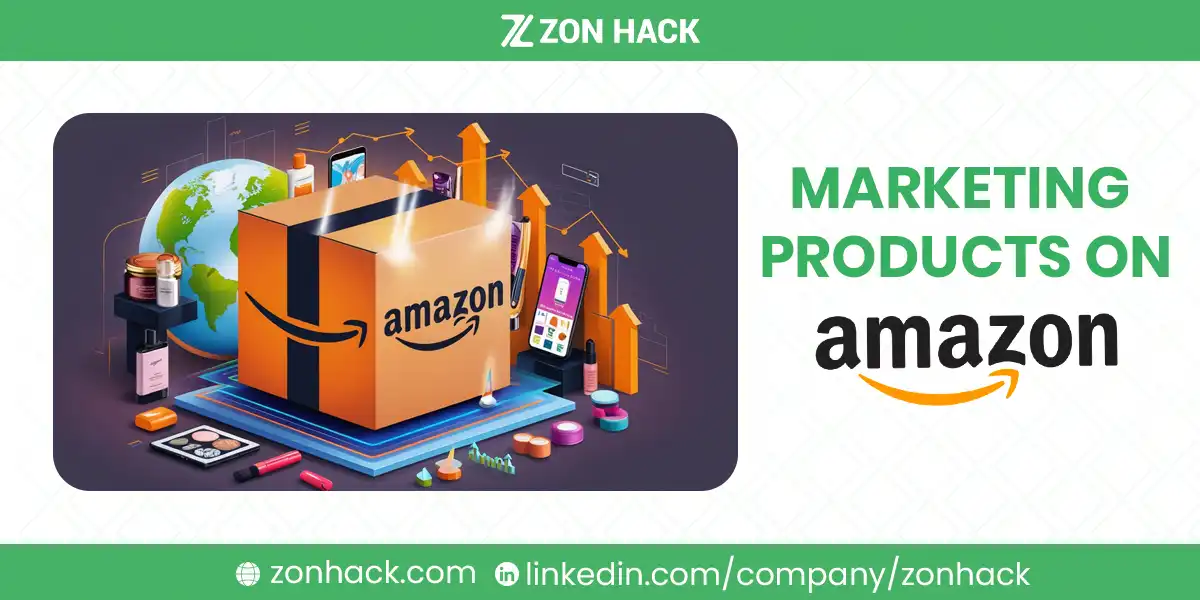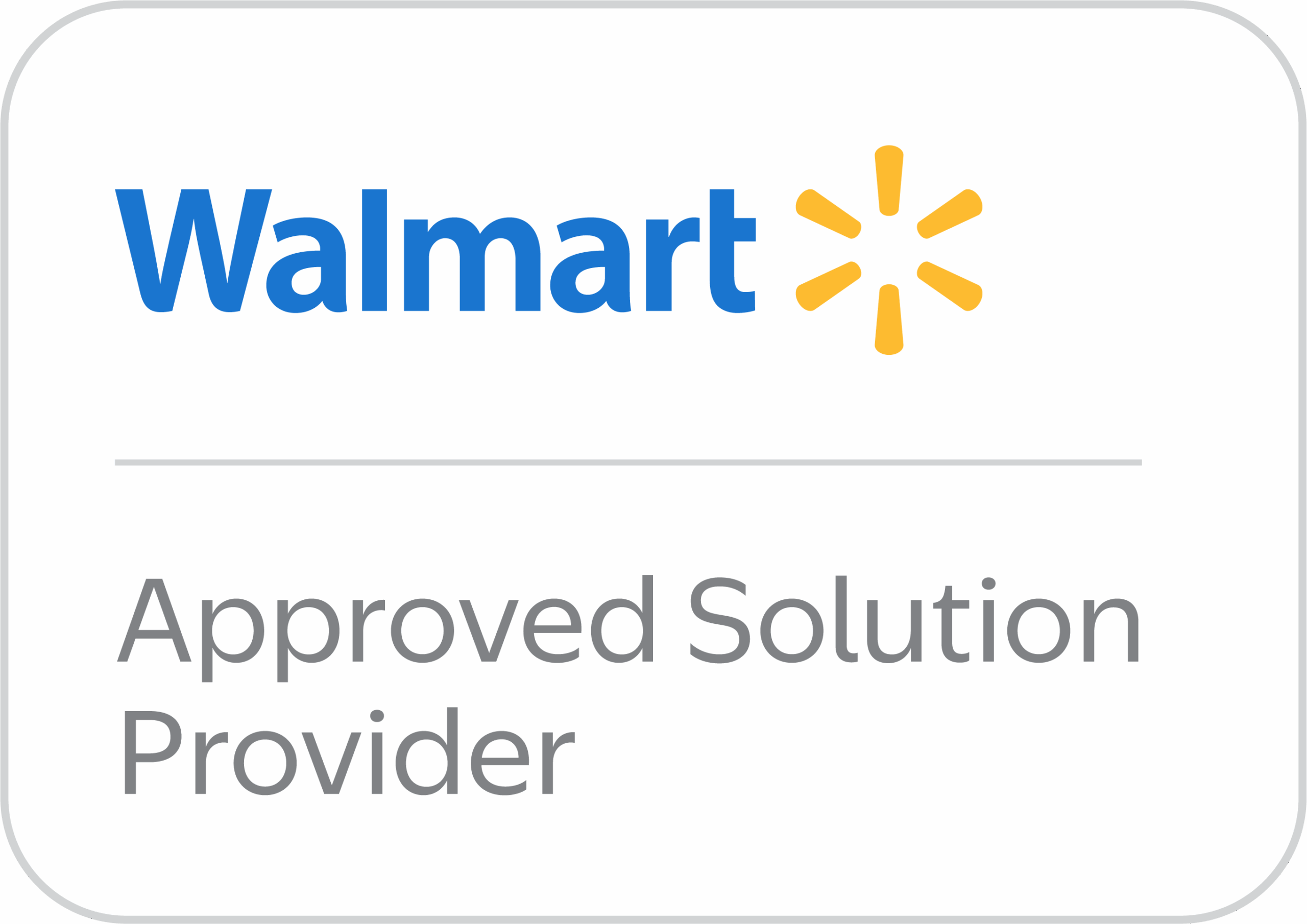Amazon has transformed the way people shop, offering unparalleled convenience and variety to consumers worldwide. With over $500 billion in annual sales in 2023, Amazon is not just a marketplace; it’s a giant ecosystem where millions of sellers compete for attention. Yet, breaking through the noise on such a vast platform can feel like an uphill battle. So, how can you ensure your products stand out and succeed?
The answer lies in strategic product marketing tailored specifically for Amazon. By leveraging Amazon’s built-in tools, optimizing your listings, and using external strategies, you can boost visibility, drive conversions, and build long-term success. This guide explores every step, from mastering Amazon’s unique marketplace dynamics to advanced strategies for external marketing.
Understanding the Amazon Marketplace
Before diving into marketing tactics, it’s crucial to understand what makes Amazon such a powerful platform. Amazon’s dominance isn’t just about the sheer volume of products it offers but the trust it has cultivated among its customers. A study revealed that 63% of U.S. consumers begin their product searches on Amazon, bypassing traditional search engines like Google.
Why is this significant? Amazon shoppers are ready to buy. Unlike casual browsers on other platforms, most Amazon visitors come with the intent to make a purchase. This buying mindset provides sellers with an incredible opportunity to turn traffic into sales—but only if your products are visible, appealing, and competitively priced.
However, with millions of sellers vying for customer attention, Amazon’s competition is fierce. To thrive, you must understand its unique ecosystem. Amazon prioritizes customer satisfaction through features like the A-to-Z Guarantee, fast shipping via Prime, and a rigorous A9 algorithm that determines product visibility. Success hinges on mastering these elements while navigating the challenges of limited visibility and price wars.
Internal Marketing Strategies to Market Products on Amazon
Optimizing Product Listings
The cornerstone of successful marketing on Amazon is an optimized product listing. An optimized listing not only improves your ranking in search results but also boosts conversions by making your product more appealing to potential buyers. Here’s how to get it right:
1. Keyword Research
Keywords are the backbone of your Amazon marketing strategy. The A9 algorithm relies heavily on relevant keywords to rank products in search results. Use tools like Helium 10, Jungle Scout, or Merchant Words to identify high-traffic, low-competition keywords.
For example, if you’re selling reusable water bottles, include specific phrases like “BPA-free water bottles,” “stainless steel reusable bottles,” or “insulated water bottles for hiking.” Regularly update your keywords to reflect changing customer search trends.
2. Crafting Compelling Product Titles
Your product title is the first thing shoppers notice. A great title strikes a balance between being informative and concise. Stick to Amazon’s guidelines of 200 characters maximum, and structure your titles like this:
Brand Name + Product Type + Key Features + Benefits.
For example, instead of “Water Bottle,” use “HydroFlow 32 oz Stainless Steel Insulated Water Bottle – Keeps Drinks Cold for 24 Hours.” This format includes vital information while incorporating relevant keywords naturally.
3. High-Quality Images and Videos
Visuals play a significant role in driving conversions. Amazon requires images to have a pure white background and recommends a minimum resolution of 1000 x 1000 pixels for zoom functionality. Beyond compliance, use lifestyle images to show your product in action—for instance, a photo of someone using your water bottle during a hike. Short product videos are also effective for demonstrating features and building trust.
4. Engaging Bullet Points and Descriptions
Amazon shoppers skim through listings, so bullet points should be clear, concise, and benefit-focused. Highlight pain points your product solves. For instance, if your product is a noise-canceling headphone, mention, “Eliminates up to 90% of ambient noise for uninterrupted focus.”
In your product description, use Enhanced Brand Content (EBC) to create visually rich layouts with graphics, charts, and expanded details. This is especially valuable for branded sellers enrolled in the Amazon Brand Registry program.
5. Building Social Proof with Reviews
Customer reviews are crucial for establishing trust. Encourage satisfied customers to leave reviews through Amazon’s built-in follow-up emails or tools like FeedbackWhiz. Respond promptly to negative feedback to show you’re proactive about customer concerns. Listings with 4.5-star ratings or higher significantly outperform those with lower ratings.
Pricing and Promotions
Pricing strategies can make or break your success on Amazon. Customers compare prices meticulously, so staying competitive is essential. Dynamic pricing tools like RepricerExpress can help you adjust prices in real-time based on competitor activity.
Promotional campaigns are another powerful way to boost visibility. Amazon offers tools for coupons, lightning deals, and discounts. Align these campaigns with major shopping events like Prime Day or Black Friday to maximize impact. Not only do these promotions increase sales, but they also improve your ranking by driving traffic to your listing.
Winning the Buy Box is another key element. Amazon’s Buy Box accounts for over 80% of sales on the platform, so focus on maintaining competitive pricing, ample inventory, and excellent seller metrics to secure it consistently.
Leveraging Amazon’s Tools and Programs
1. Advertising Options
Amazon provides a suite of advertising options to boost product visibility. Sponsored Products Ads appear directly in search results, while Sponsored Brands Ads showcase your brand with a banner at the top of search pages. Additionally, Sponsored Display Ads allow you to target audiences both on and off Amazon, broadening your reach.
For larger budgets, consider using Amazon DSP (Demand-Side Platform) to run programmatic ads that retarget potential customers across the web.
2. Amazon Brand Registry
Enrolling in the Amazon Brand Registry unlocks powerful features, including Enhanced Brand Content (EBC) and access to Brand Analytics, which provides detailed insights into customer behavior. Creating a branded storefront also allows you to showcase your product catalog in a professional, visually appealing way.
3. FBA vs. FBM Models
Choose between Fulfillment by Amazon (FBA) or Fulfillment by Merchant (FBM) based on your business model. FBA simplifies logistics, makes your products Prime-eligible, and improves customer trust. FBM, on the other hand, allows you to maintain control over shipping and is often more cost-effective for low-margin items.
4. Generating Reviews with Amazon Vine
Amazon’s Vine Program invites top reviewers to try your product in exchange for honest feedback. This is particularly useful for new product launches where generating initial reviews can be challenging. Similarly, the Early Reviewer Program helps boost social proof by incentivizing customers to leave reviews.
Enhancing Customer Engagement
Customer engagement doesn’t end at the point of purchase. Maintaining open lines of communication with your buyers is key to building loyalty. Use Amazon’s Buyer-Seller Messaging System to send post-purchase follow-ups with care instructions, usage tips, or a thank-you note. Responding promptly to questions in the Q&A section of your listing further enhances trust and signals your commitment to customer satisfaction.
External Marketing Strategies to Market Products on Amazon
While internal strategies on Amazon are essential, expanding your reach beyond the platform can significantly boost your product’s success. By integrating external marketing tactics, you can attract a broader audience, drive traffic to your listings, and strengthen your brand presence.
Social Media Marketing
Social media platforms like Instagram, Facebook, and TikTok are invaluable for promoting your Amazon products. These platforms allow you to engage with a diverse audience and create targeted ads to reach potential customers.
For example, if you’re selling fitness gear, Instagram is ideal for sharing workout tips and showcasing your products in action. Use Instagram’s shoppable posts to link directly to your Amazon listings. Collaborating with influencers can also amplify your reach, especially if they cater to your target demographic. Statistics show that 49% of consumers rely on influencer recommendations for purchase decisions.
Email Marketing
Building an email list gives you direct access to customers interested in your brand. Use this channel to share product updates, exclusive discounts, and promotional campaigns. Tools like Mailchimp or Klaviyo allow you to segment your audience and personalize emails for better engagement.
For example, during the holiday season, send emails with subject lines like, “Limited-Time Holiday Deals on Amazon – Up to 30% Off!” Include a clear call-to-action (CTA) directing recipients to your Amazon store.
Leveraging Google Ads
Google Ads can drive significant traffic to your Amazon listings. Use Google Shopping Campaigns to showcase your products directly in search results. For instance, a search for “best noise-canceling headphones” can display your Amazon listing alongside competitors. Pair this with retargeting ads to re-engage users who’ve viewed your product but haven’t purchased.
Content Marketing
Content marketing establishes authority and educates potential customers. Start a blog or YouTube channel focused on your niche. For example, if you sell kitchen gadgets, create recipe blogs or instructional videos demonstrating how to use your products. Include affiliate links directing viewers to your Amazon listings. This not only drives traffic but also builds trust with your audience.
Affiliate Marketing
Amazon’s Affiliate Program allows bloggers, YouTubers, and website owners to earn commissions by promoting your products. Partner with affiliates in your niche to extend your product’s reach. For instance, if you sell outdoor gear, collaborate with adventure bloggers who can recommend your products in their articles.
Measuring Performance and Optimizing Strategies
Success on Amazon requires constant monitoring and optimization. Without tracking your performance, you risk missing opportunities for growth or failing to address declining sales trends.
Analyzing Amazon Metrics
Amazon provides comprehensive analytics through tools like Seller Central and Brand Analytics. Focus on key performance indicators (KPIs) such as:
- Click-Through Rate (CTR): Measures how effectively your ads attract attention.
- Conversion Rate: Indicates how many visitors turn into buyers.
- Advertising Cost of Sales (ACoS): Evaluates the profitability of your ad campaigns.
- Customer Feedback: Reviews and ratings offer valuable insights into product performance.
Split Testing
Use split testing (A/B testing) to experiment with different product titles, images, and pricing strategies. For example, test whether including “100% Satisfaction Guarantee” in your title boosts conversions. Amazon’s Manage Your Experiments tool simplifies this process for eligible sellers.
Adjusting Based on Competitor Analysis
Regularly review competitor listings to identify trends and gaps in the market. Tools like AMZScout or Jungle Scout can help analyze competitor performance, pricing strategies, and keyword usage.
Building a Long-Term Strategy with Buyers
Thriving on Amazon isn’t about quick wins; it’s about building a sustainable strategy that adapts to changing market dynamics. Stay informed about updates to Amazon’s algorithms and policies. Continuously refine your product offerings based on customer feedback and emerging trends.
For example, eco-conscious consumers are driving demand for sustainable products. If you sell packaging supplies, consider introducing biodegradable options and highlighting this feature in your marketing.
ZonHack: Your All-in-One Amazon Growth Solution
ZonHack takes the complexity out of Amazon selling by offering a comprehensive suite of tools and services designed to optimize every aspect of your business.
From listing optimization, keyword research, and ad management to review generation and sales analytics, ZonHack does it all.
Whether you’re launching a new product or scaling your existing store, ZonHack ensures maximum visibility, competitive pricing, and seamless operations.
With ZonHack, you’re not just selling on Amazon—you’re dominating it. Simplify, strategize, and succeed with ZonHack, your ultimate Amazon growth partner, book a free strategy call today or email [email protected].




